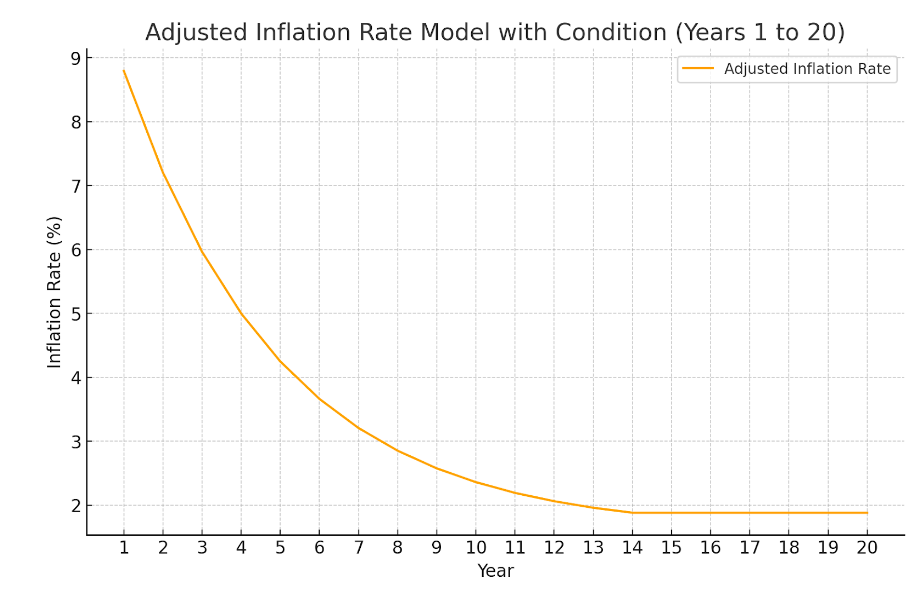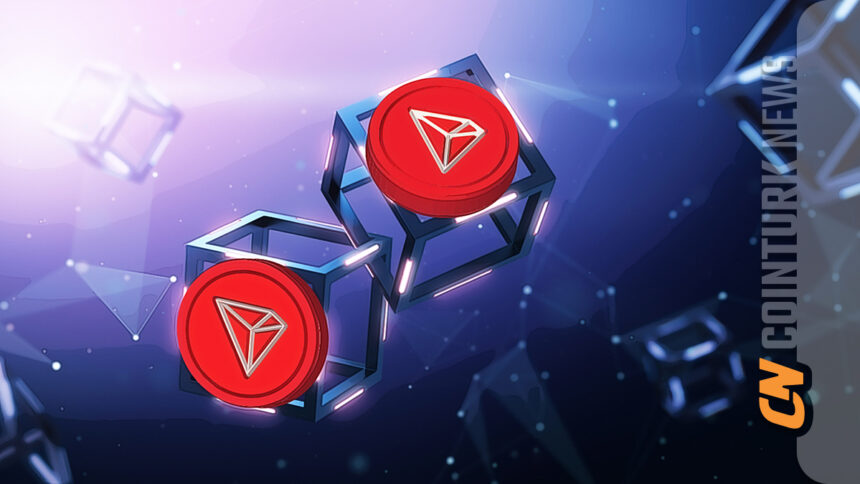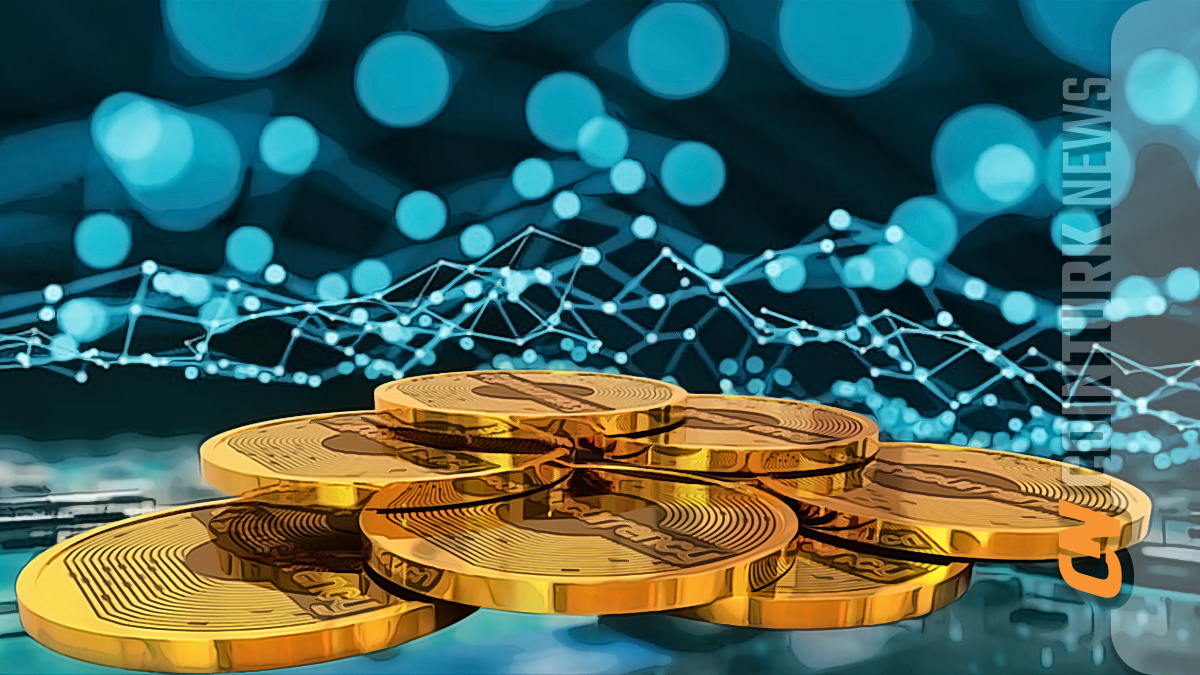Chiliz (CHZ), as the inaugural year of the Chiliz Chain draws to a close, announced a comprehensive upgrade to its tokenomic model, transitioning from the initial version 1.0 to a more sophisticated and dynamic version 2.0. This upgrade, announced at the beginning of 2024, is part of the commitment to adapt to the evolving needs of the platform’s expanding ecosystem and community.
Chiliz Chain Tokenomics 2.0 Announced
The Chiliz Chain Tokenomics 2.0 announced by Chiliz aims to increase governance participation, encourage community involvement, and ensure long-term sustainability. The upgraded tokenomic model brings several significant changes, including a gradually decreasing annual inflation rate and a continuous token burning mechanism.
Chiliz Chain faced some limitations in encouraging long-term participation and broader community involvement due to its previous tokenomic model’s fixed inflationary structure. Recognizing the need for strategic alignment with leading Layer 1 networks worldwide, the platform introduced Chiliz Chain Tokenomics 2.0 to enhance the utility and longevity of its native asset CHZ within the ecosystem.

The implementation of the upgraded tokenomic model marks a significant evolution for the Chiliz Chain ecosystem, signaling a strategic reorganization for sustainable growth and enhanced token utility. Chiliz Chain appears to be aiming to strengthen its position as the leading Blockchain platform for sports and entertainment fan engagement by incentivizing community participation with higher rewards, ensuring sustainable ecosystem growth, and providing long-term funding for ecosystem development.
Chiliz Chain’s Latest Supply Roadmap Shared
Furthermore, Chiliz shared a summary of the supply roadmap for the Chiliz Chain. According to this, a strategic allocation will be made where 65% of newly minted tokens are allocated to validators/delegates, 10% to the community treasury and liquidity providers, and 25% to ecosystem and operational distribution.
This allocation plan aims to encourage community participation, create a strong DeFi environment within the ecosystem, support it, and provide sustainable funding for ecosystem development and community initiatives.

 Türkçe
Türkçe Español
Español










